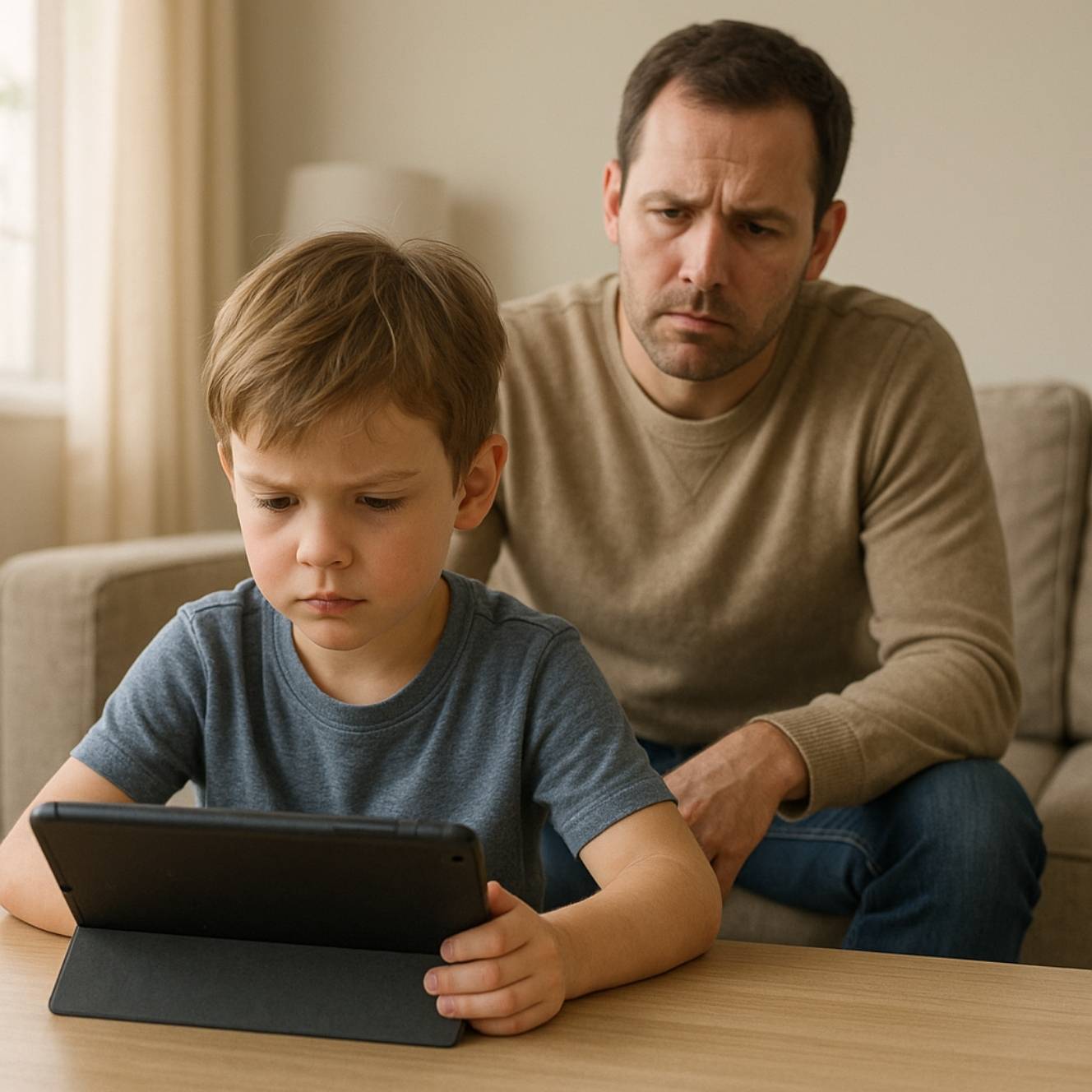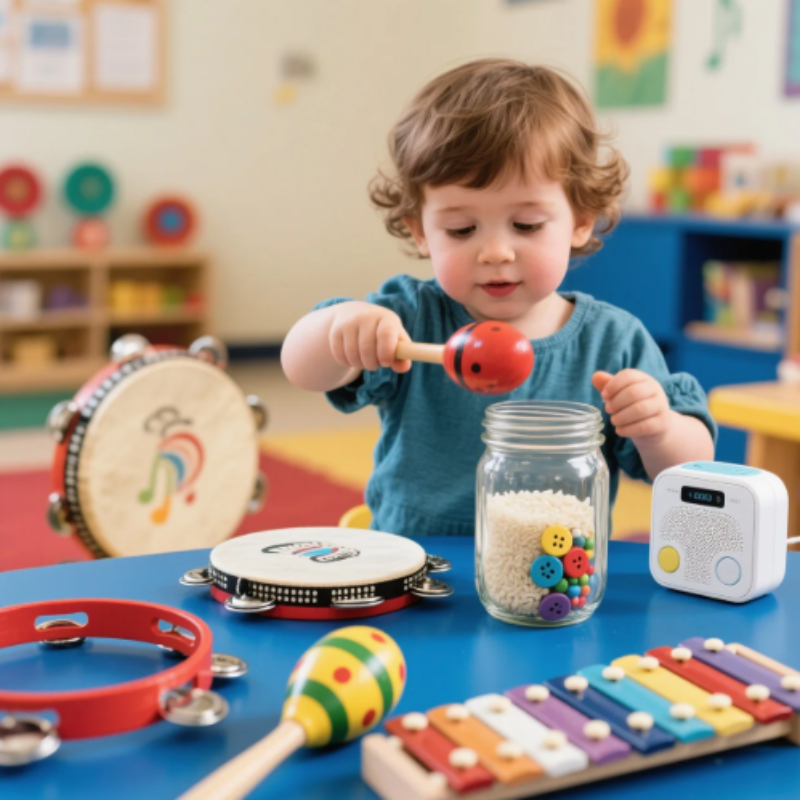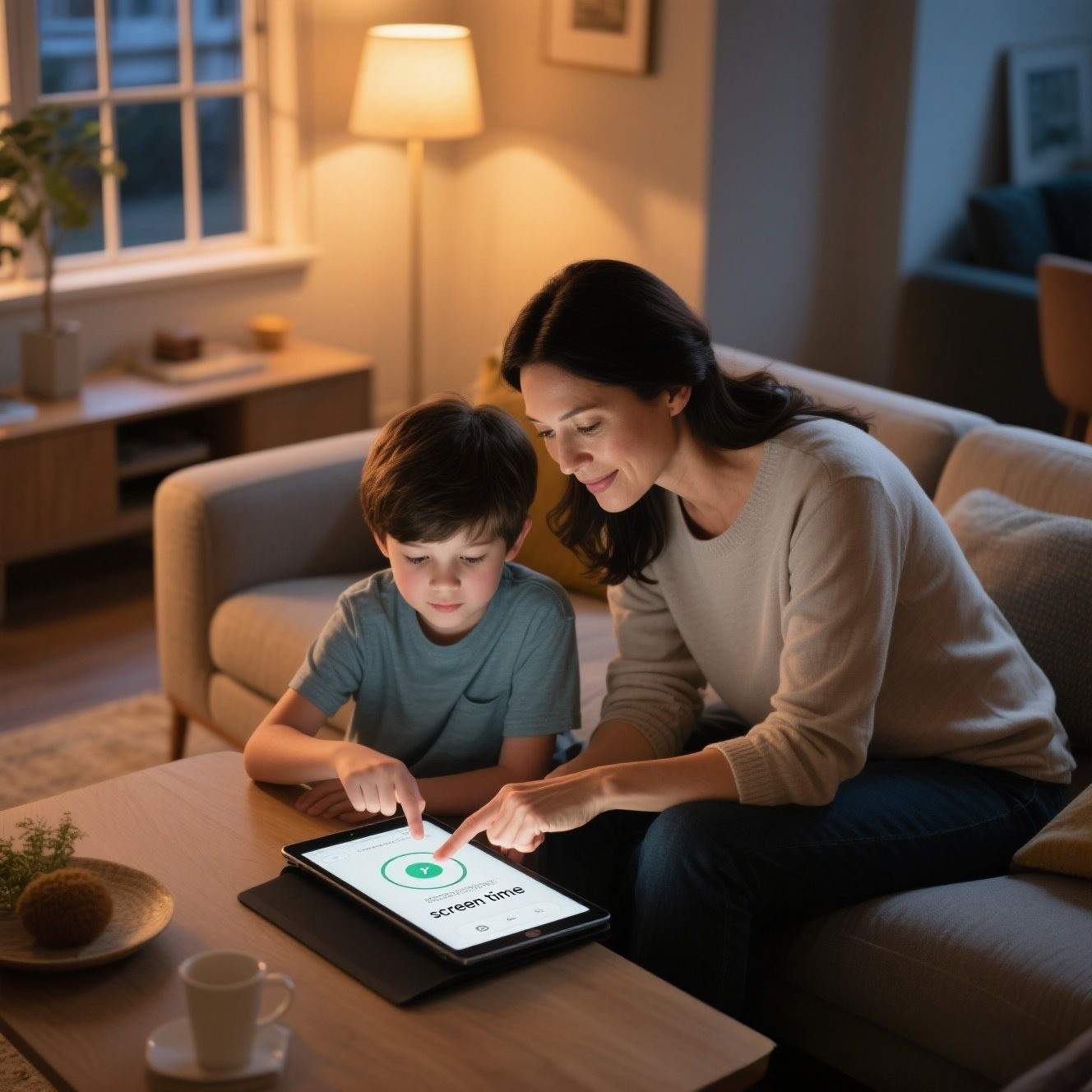Introduction
Screens are now woven into the fabric of childhood. From animated cartoons on tablets to interactive learning on smartboards, children today are surrounded by digital devices from an early age. While technology offers new opportunities for learning and entertainment, many parents wonder: is spending three hours a day in front of a screen too much? This article takes a closer look at the types of screen time, how it impacts development, and what truly matters when assessing digital exposure in children’s lives.
Understanding Screen Time: What Counts and What Doesn’t 📱
Screen time is broadly defined as any time spent using a device with a screen—televisions, smartphones, tablets, laptops, and gaming consoles. But not all screen time is created equal. To truly understand its impact, we need to look deeper into how screens are used.
- Passive screen time involves consumption without interaction—like watching TV shows or YouTube videos.
- Active screen time includes participation, such as using drawing apps, playing educational games, or engaging in virtual learning platforms.
- Interactive communication, like video chatting with family, is another layer with more social value than passively scrolling through videos.
The key difference lies in purpose and engagement. Watching an hour of cartoons isn’t the same as an hour spent on a math game app or a virtual storybook with a caregiver.

Developmental Effects of Screen Time on Children 🧠
Children’s brains are like sponges—rapidly absorbing stimuli from the environment. Excessive screen time, especially passive consumption, can interfere with that development in several ways:
- Attention Span: Studies suggest that high exposure to fast-paced media may affect a child’s ability to focus or switch attention efficiently.
- Sleep Disruption: Blue light emitted by screens can interfere with melatonin production, making it harder for children to wind down before bed.
- Brain Development: Young children need real-world experiences—touching, moving, exploring—to build neural connections. Too much screen time may reduce these opportunities.
According to the American Academy of Pediatrics (AAP), children aged 2 to 5 should have no more than one hour per day of high-quality screen time, and children under 18 months should avoid screens altogether (except for video chatting). However, older children may have more flexibility depending on how screen time fits into their overall routines.

The Role of Content and Context 🎯
What your child watches—and how they watch it—is just as important as how long they watch.
- Content Quality: Educational, age-appropriate programs and interactive games can aid cognitive development. Programs that encourage problem-solving or social learning tend to have more positive effects.
- Co-Viewing: Watching or playing alongside your child can boost comprehension and provide opportunities for discussion and connection.
- Supervision: Setting context helps children understand what they see and how to apply it in the real world.
Moreover, excessive screen time can reduce opportunities for vital social interaction, creative play, and physical activity—all of which are crucial for emotional and physical growth.
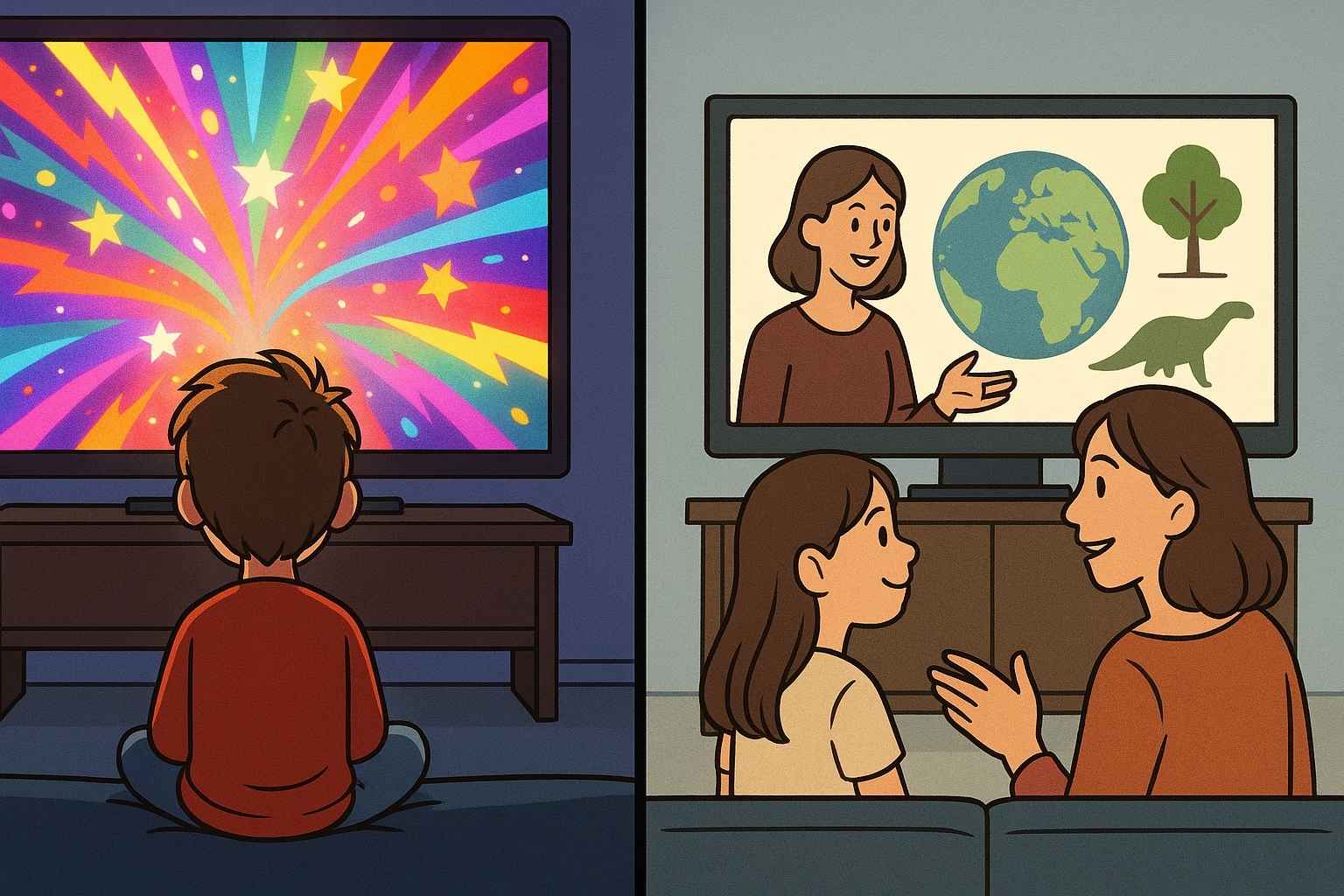
Signs Your Child Might Be Getting Too Much Screen Time 🚨
Every child is different, but there are common red flags that may suggest screen time is starting to have a negative effect:
- Increased irritability or mood swings after screen time ends.
- Difficulty sleeping or staying asleep, especially when screens are used before bedtime.
- Reluctance to engage in non-screen activities like outdoor play, crafts, or reading.
- Decreased physical activity and a sedentary lifestyle.
- Struggles with attention or focus during non-digital tasks.
For toddlers and preschoolers, reduced interest in imaginative play or difficulty following simple instructions might signal overstimulation. School-aged kids may show signs like withdrawal, disinterest in family interaction, or growing screen dependency.
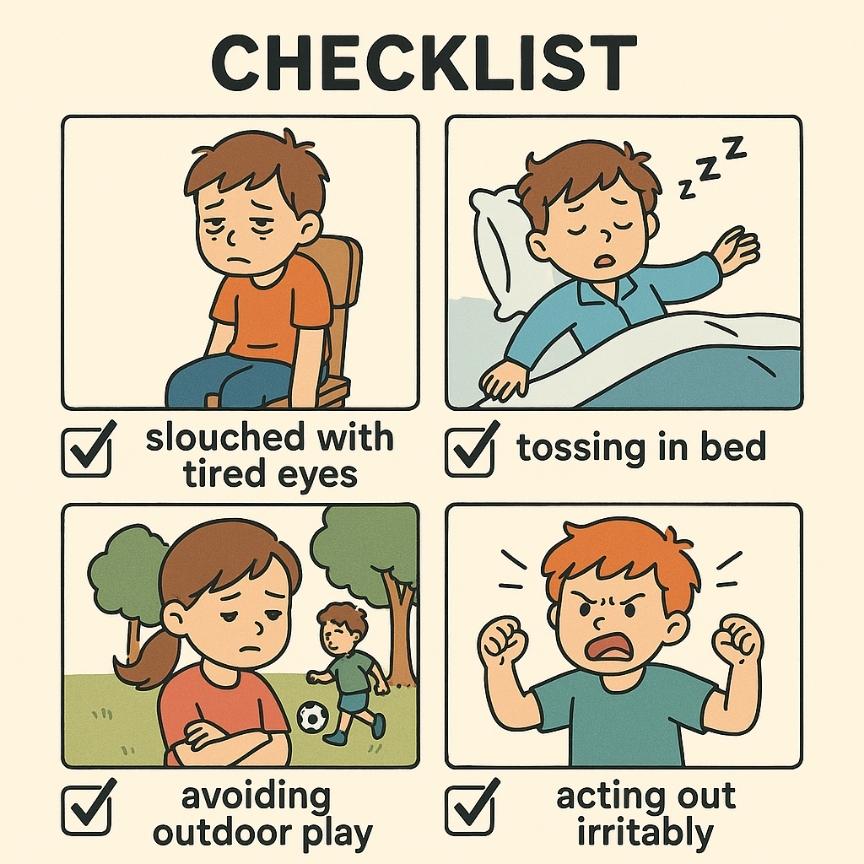
Tips for Creating a Healthy Screen Time Balance ⚖️
Achieving balance doesn’t mean eliminating screens—it means making sure digital use supports, rather than hinders, your child’s development.
Here are strategies to promote healthier media habits:
- Tailored Limits: Set screen time boundaries based on your child’s age and personality. For example, a 6-year-old might have 1–1.5 hours of screen time a day, balanced with offline play.
- Create Screen-Free Zones: Ban screens during meals, before bedtime, and in bedrooms to promote family interaction and better sleep.
- Model Behavior: Children mimic adults. Show them how to take breaks, use devices intentionally, and enjoy offline hobbies.
- Prioritize Quality: Choose slow-paced, enriching content that aligns with your values and your child’s interests.
- Encourage Alternatives: Keep kids engaged with puzzles, crafts, storytime, and sports. Offer them non-digital activities they enjoy to reduce reliance on screens.
Routines help children thrive. Integrating screen time into a predictable daily schedule, rather than using it as filler or distraction, leads to healthier digital habits.
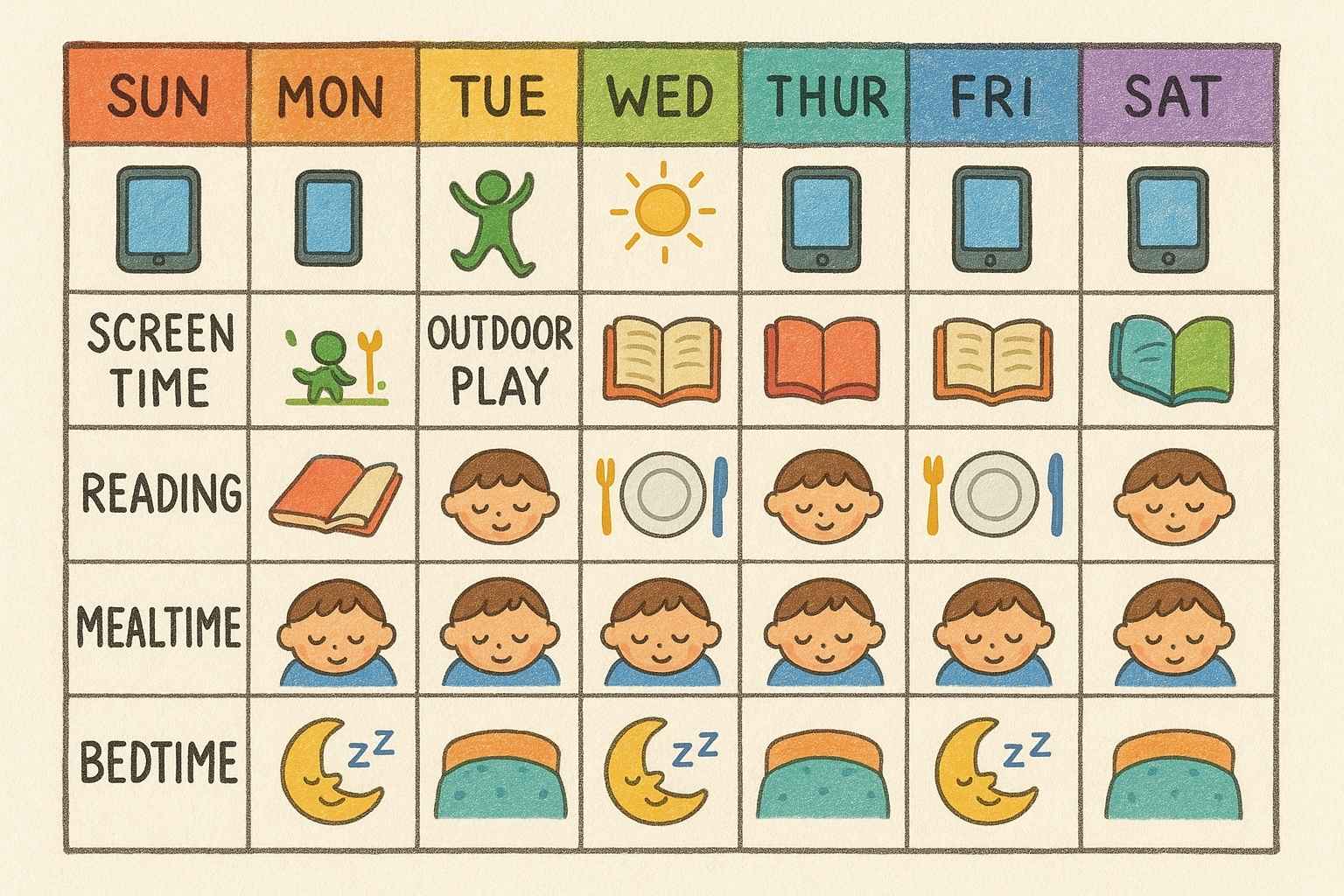
Conclusion
Three hours of screen time isn’t automatically harmful—but context matters. The type of content, level of interaction, age of the child, and how screen time fits within the bigger picture of your child’s day all play a critical role.
Used mindfully, screens can support learning, relaxation, and connection. But without boundaries, they may begin to displace the essential building blocks of childhood—play, movement, conversation, and sleep.
As a parent or caregiver, your involvement is key. By choosing quality content, engaging with your child during screen time, and offering enriching alternatives, you can ensure digital exposure enhances rather than hinders your child’s growth.

